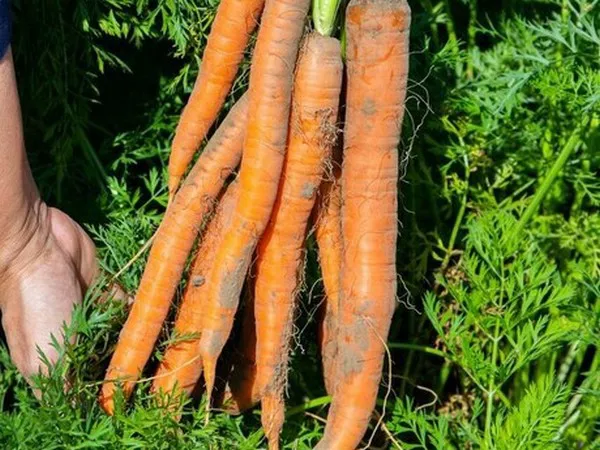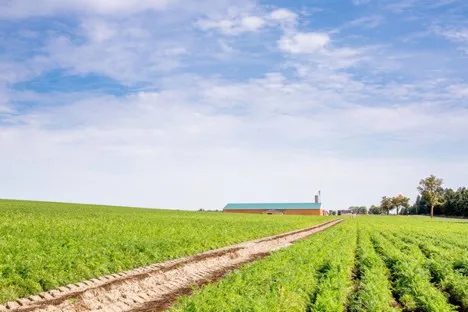Supplies of carrots out of Ontario are adequate currently. “We had some warm weather in the fall so up until a week ago, it was good harvesting weather. A lot of people are in good shape with supply at the moment,” says Quinton Woods of Gwillimdale Farms in Bradford, Ontario. He notes though that the recent chilly and snowy turn in Ontario weather has now left some fields frozen out while other fields are still able to harvest. “With a fairly dry fall, they’re not going to have a lot of moisture in them.”

Along with Ontario, other regions shipping carrots are Quebec, the Eastern seaboard, Colorado, California and Mexico.
Yet Woods says demand for carrots is off as it is with all commodities. “I think it’s multiple things. Families’ wallets are being constrained with all of the inflationary cost increases,” Woods says. “They’re being more cautious about what they’re buying or maybe they don’t have to buy it at all. The general cost of produce is pretty fair and I don’t think has anything to do with produce costing. It’s a small drop in the bucket compared to the rest of their weekly expenses.”
Demand to strengthen somewhat
As winter continues to set in, Woods does think demand will stay decent at least. “It’s going to stay a little softer than normal but it’ll be enough to move the crop. Typically we have a strengthening market as Christmas gets closer but the Thanksgiving pull wasn’t the best,” he says. “Hopefully the Christmas pull is a lot better than what the Canadian and U.S. Thanksgiving pulls were.”

As for pricing, while it’s higher than historical pricing, it’s likely not enough to cover the cost of expenses and once Gwillimdale Farms goes further into storage, pricing will likely increase. If only, Woods says, to cover the numerous growing input cost increases that have gone into the supply side.
However, challenges likely await the industry in 2023. “This is going to be the most difficult year because, at the start of the season, a lot of the increases hadn’t shown yet. As the crop started developing, that’s when the war in Ukraine started and oil prices started going higher which put pressure on diesel prices,” says Woods. “Depending on how people do, there could be acreage decreases in 2023. If they come out in the black, they’ll continue to plant what they’re planting. If prices don’t get better, people won’t have much choice but to decrease acreage.”
 For more information:
For more information:
Quinton Woods
Gwillimdale Farms
Tel: +1 (905) 775-2889
quinton@gwillimdalefarms.com
www.gwillimdalefarms.com
